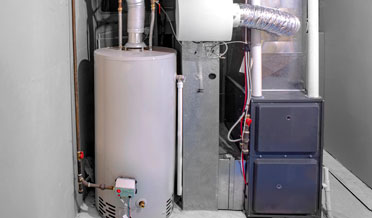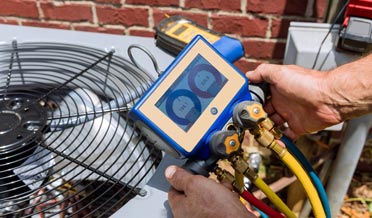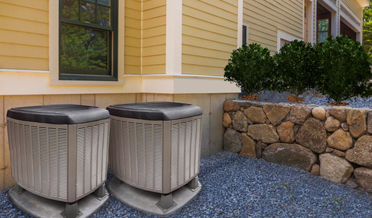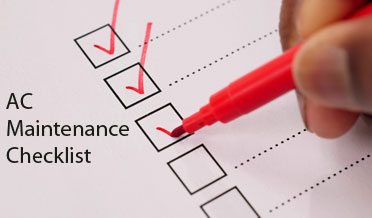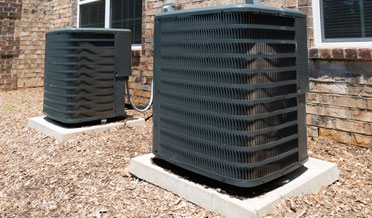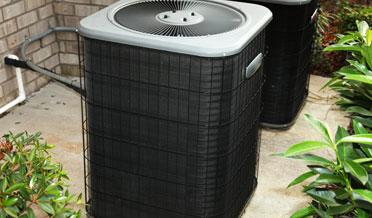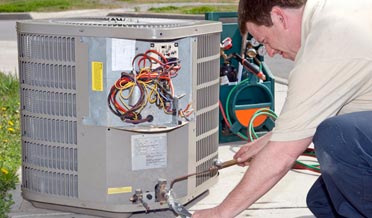Winterizing Your Unit: Essential AC Maintenance for the Off-Season
With the coming of deep Fall, the cooling season has come to a close, and the heating season has begun. Since the air conditioner will not be necessary for a few months, you might consider winterizing your air conditioner. Prior to considering winterizing steps, you must ensure these two facts.
- Make sure that your air conditioner is not also a heat pump. A heat pump system reverses the process of air conditioning and heats the home. Do not winterize a heat pump.
- Make sure that those days when air conditioning might be needed have passed.
Winterizing an air conditioner can reduce the wear and tear of the winter weather. As you know, Texas winter days can turn quickly from warm to hot to cold in one day. Of course, the goal of winterizing is to prepare the air conditioner and have it ready for the warmth of Spring.
End-of-Season AC Maintenance: Preparing Your Condenser for Winter
Here are some things to do and some things not to do:
- Do trip the breaker for the air conditioner, shutting off power to the condenser. Do not shut off power to the air conditioner if it is a heat pump. If you are unsure, check the thermostat. A heat pump thermostat will have two heat settings: HEAT and Em HEAT or Aux HEAT.
- Do inspect the condenser and its immediate surroundings. Fall and Winter tend to be very windy, and leaves and limbs are falling. The wind can push leaves and trash against the condenser. Since the condenser needs lots of air flow to release heat into the atmosphere, remove the debris and clean the area. You might need to repeat this cleanup.
- Do consider a protective cover for the condenser. Some folks will cut a piece of plywood slightly larger than the top of the condenser and place something heavy on top to prevent the plywood from blowing away. Some homeowners will purchase a mesh cover for the condenser; Bungee cords can hold the mesh in place. The covers deflect leaves and small limbs from getting inside. It also does not make the condenser an attractive, warm space for rodent pests. Do not use plastic or heavy fabric to cover the condenser, since these tend to reduce airflow. Moisture that enters the condenser but does not have enough airflow to evaporate can promote mold over the winter. Also, a cover that reduces airflow tends to encourage pests to make a Winter home away from the wind and cold.
- Ensure that the condenser is properly installed. The condenser needs to be installed on a concrete pad and secured with straps or bolts to prevent wind damage. In some locations, the condenser needs to be elevated to lift it above potential localized flooding.
- Do consider waxing the condenser’s cover. Air conditioning components are designed to handle normal weather—rain, sleet, frost, and even ice and snow. If you are concerned about how the weather might affect the condenser, put a coat of automotive wax on the condenser cover. It can prevent rust on the exterior of the condenser. It will need to be reapplied.
- Do not worry about the condenser being damaged by normal rain.
- Do not forget annual maintenance. This important step ensures that the condenser functions efficiently, lasts as long as possible, and with fewer repairs.
Maximize Lifespan: Schedule End-of-Season AC Maintenance Before Winter
Don’t just cover your condenser; ensure it’s professionally cleaned and inspected before winter sets in to maximize its lifespan and efficiency. Scheduling end-of-season AC maintenance guarantees your unit is protected from winter damage and ready for peak performance next spring. For expert winterization and comprehensive service you can trust, call Mullinix AC and Heating today to schedule your essential appointment.
For more information about R.M. Mullinix and our AC maintenance College Station services, schedule an appointment or visit our HVAC repair and AC maintenance information page.

